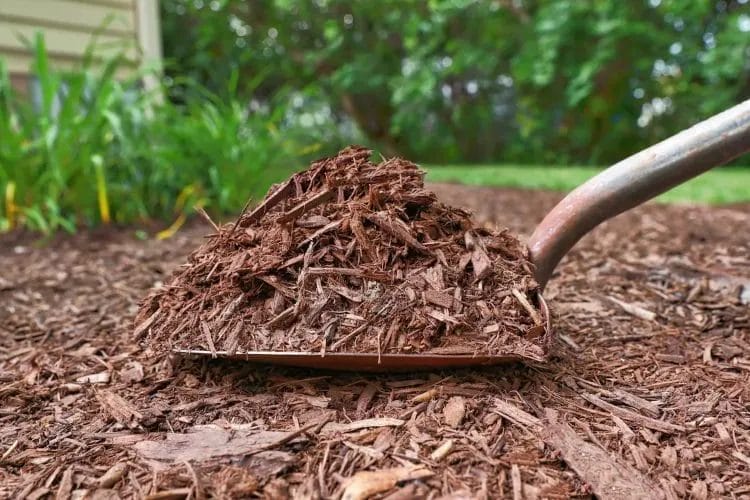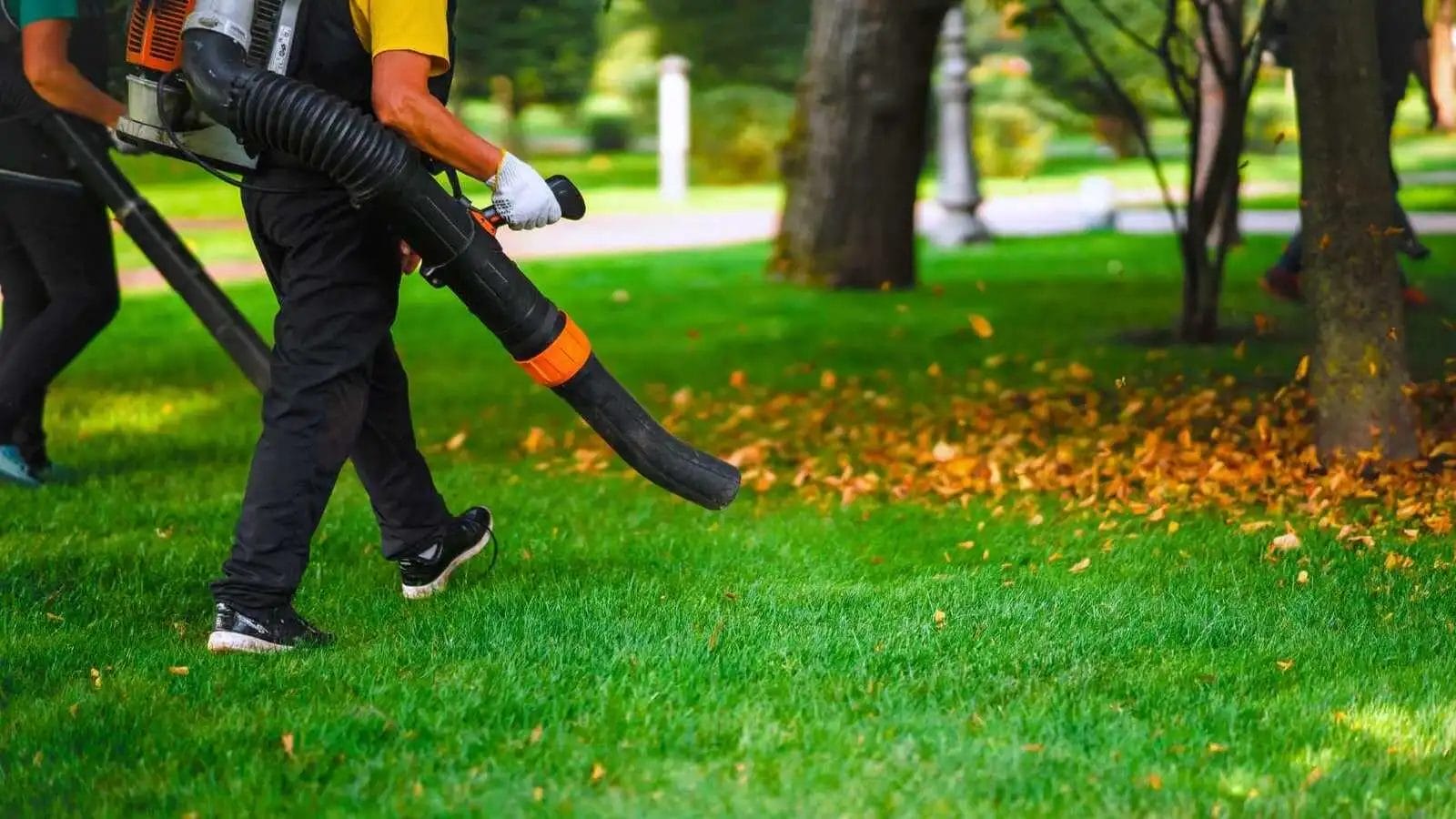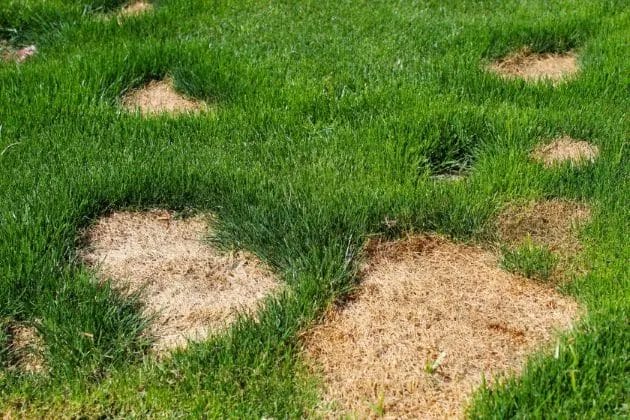
Just as your lawn requires care throughout the year, understanding how to repair winter damage is important for maintaining its health and vibrancy. If you’ve noticed unsightly patches or brown spots, you’re not alone—many homeowners face similar challenges after the colder months. This step-by-step guide will equip you with practical tips to restore your lawn effectively. Smith Brothers Services, including Smith Brothers Landscaping and Smith Brothers Tree Services, can assist you in achieving a lush lawn. Let’s get started on reviving your outdoor space!
Assessing Winter Damage
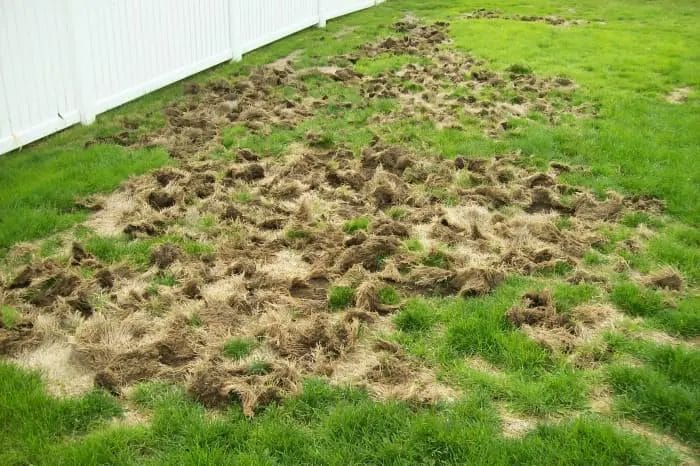
Before you begin repairing your lawn, it’s necessary to assess the extent of the winter damage. Understanding the type and severity of the damage will guide your next steps. Take a stroll around your yard, looking for signs of distress in your grass and other plants. Identify areas with discoloration, patchiness, or dead spots that need attention.
Identifying Types of Damage
By pinpointing the specific types of winter damage, you can tailor your repair efforts effectively. Look for:
- Brown patches or dead grass
- Thinning or bare spots
- Ruts or soil compaction from snow or ice
- Areas affected by frost or ice cognate
- Weed growth in impacted sections
The assessment will help you determine the necessary treatment.
| Type of Damage | Description |
| Brown patches | Indicates dead grass |
| Thinning grass | Loss of turf density |
| Soil compaction | Dense soil affecting growth |
| Frost damage | Visible signs of frost injury |
| Weeds | Invasive species filling gaps |
Evaluating Lawn Health
Lawn health assessment involves inspecting your grass to determine its overall condition. This process includes checking for moisture levels, uniformity in color, and the presence of pests. You want to ensure that your lawn can recover and thrive after winter.
For instance, checking the soil moisture can reveal whether your lawn requires immediate watering or not. Poor drainage or overly dry patches could indicate underlying issues that need to be resolved. Likewise, testing for pests should be a part of your evaluation as these can affect reproductive growth during the spring. Addressing these factors early will help ensure the successful recovery of your lawn.
Cleaning Up the Lawn
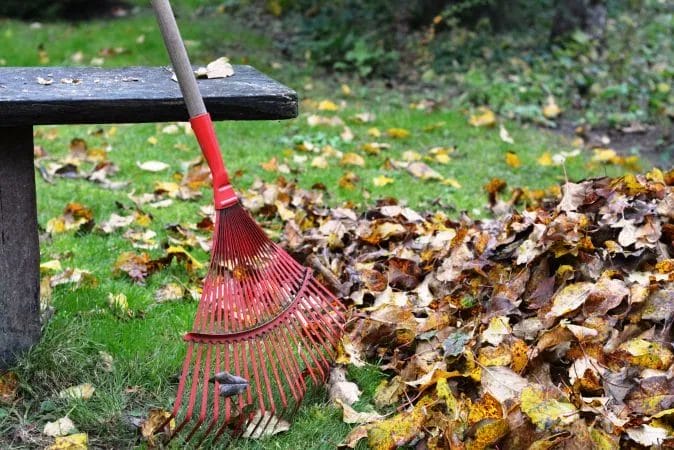
You need to start your lawn recovery process by cleaning up any debris that has accumulated during the winter months. This includes fallen branches, leaves, and other organic material that could hinder your grass’s growth. A clean lawn not only looks better but also allows for better air circulation and sunlight exposure to the grass, promoting healthier growth as you move into the spring season.
Removing Debris and Thatch
For effective lawn restoration, it’s important to thoroughly remove debris and thatch. Debris can block sunlight and moisture needed for grass growth, while thatch, a layer of dead grass and roots, can suffocate your lawn. Use a rake to gather up any loose material, and if thatch build-up is significant, consider using a dethatching machine to remove it completely.
Raking and Aerating
Thatch accumulation can lead to poor drainage and lack of nutrients, so tackling this issue with raking is vital. You’ll want to rake your lawn vigorously to break up the thatch layer, which encourages new growth. Following this, aerating your lawn will further improve airflow and water penetration by creating small holes in the soil. This dual approach ensures your lawn has the best chance of rejuvenation this spring, promoting healthy roots and enhancing overall vitality. And if you’re seeking professional assistance, consider reaching out to Smith Brothers Landscaping or Smith Brothers Services for expert tree services or lawn care solutions.
Repairing Lawn Damage
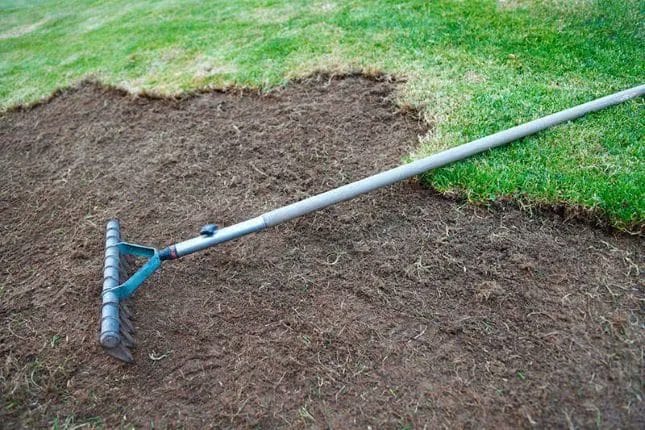
Not all lawn damage is permanent, and with the right steps, you can effectively restore your outdoor space. Assess the problem areas and choose the appropriate repair methods to promote healthy growth and maintain an attractive lawn. Whether it’s re-seeding bare patches or addressing low spots, taking the time to repair winter damage will ensure your lawn thrives in the warmer months.
Seeding Bare Patches
For optimal results, begin by clearing any debris or dead grass from the bare patches of your lawn. Once the area is clean, you can apply a high-quality grass seed that matches the existing grass type. Water the seeds regularly to keep the soil moist, and soon you will see new growth that blends seamlessly with your lawn.
Filling in Low Spots
Seeding low spots is imperative for promoting even growth throughout your lawn. First, identify the areas that are uneven or create pooling water after rain. You can fill these spots with a mix of topsoil and compost to create a planting base. Reseeding with compatible grass species ensures that the patches blend well with your existing lawn, leading to a more uniform appearance.
It’s important to monitor the filled low spots over time, making sure they settle properly and don’t create new depressions. Regularly watering the area encourages growth and helps prevent the seeds from drying out. If settling occurs, you may need to add more topsoil to maintain an even surface. This attention to detail will assist in achieving a lush, healthy lawn that you can enjoy throughout the seasons, supported by professional services like Smith Brothers Landscaping for optimal results.
Fertilization and Soil Health
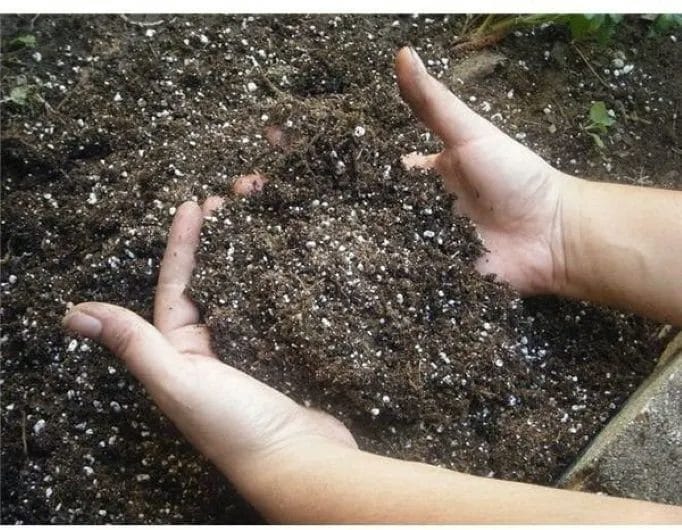
All winter damage can leave your lawn in need of significant care, and proper fertilization is key to restoring its vitality. Focusing on soil health allows you to create a thriving environment for grass and plants. Start by understanding the nutrient needs of your lawn and how organic matter can improve soil structure, drainage, and nutrient retention. When done correctly, fertilization not only revives your grass but also prevents future issues, keeping your investment in lawn care with Smith Brothers Services thriving year-round.
Choosing the Right Fertilizer
Fertilization plays a fundamental role in the recovery of your lawn. Select a fertilizer based on your grass type and soil conditions. Consider using a slow-release option, as it provides nutrients over an extended period, minimizing the risk of leaching and ensuring steady growth. Additionally, pay attention to the N-P-K ratio, as this reflects the levels of nitrogen, phosphorus, and potassium, which are crucial for plant health. If unsure, consulting with Smith Brothers Landscaping can provide guidance tailored to your specific needs.
Soil Testing and Amendments
Beside choosing the right fertilizer, conducting a soil test helps you understand the pH and nutrient levels in your yard. This information allows you to make informed decisions on necessary amendments, ensuring your lawn has the best foundation for growth. Adjusting the soil pH can enhance nutrient availability while incorporating organic matter can improve soil structure.
To effectively amend your soil, start by collecting samples from various spots in your lawn and submit them for testing. The results will inform you of any deficiencies and guide necessary amendments, such as lime for pH adjustment or compost for organic matter. Following this process will prepare your lawn for optimal fertilization and growth, ensuring a lush and resilient landscape you can enjoy. Trusting professionals like Smith Brothers Tree Services can also offer expertise in managing soil health and lawn care effectively.
Watering Practices
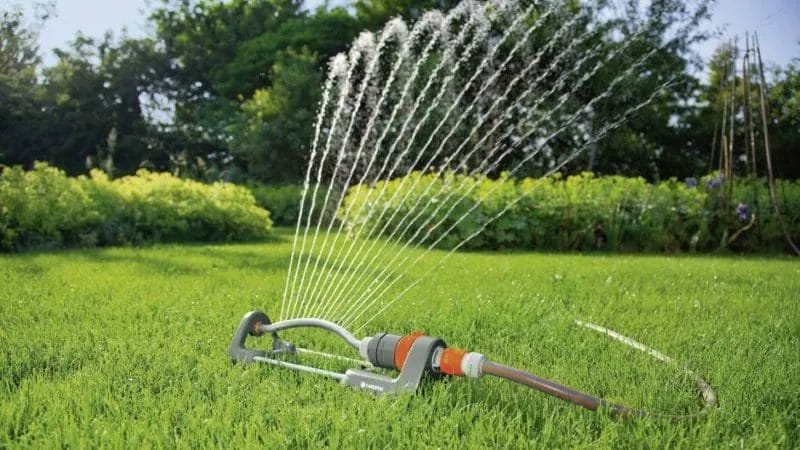
For a thriving lawn after winter damage, adopting the right watering practices is imperative. Adequate hydration not only helps your grass recover but also promotes growth and resilience against future stress. Adjusting your watering routine based on weather conditions and soil moisture ensures that your lawn remains healthy and vibrant throughout the spring and summer months.
Establishing Proper Watering Schedule
Among the most important aspects of lawn care is establishing a proper watering schedule. Aim to water your lawn early in the morning or late afternoon when evaporation is minimal. Generally, lawns need about 1 inch of water per week, so customize your schedule to fit your local climate and the unique needs of your grass to encourage deep roots and reduce the risk of disease.
Techniques for Effective Watering
After creating a watering schedule, focus on techniques that ensure your lawn receives moisture effectively. Use a sprinkler or irrigation system that distributes water evenly, avoiding overwatering certain areas. Adjust the pressure and timing based on rainfall and soil conditions, and periodically check your lawn to assess its hydration needs.
Further, using techniques such as deep watering helps establish strong root systems. Watering deeply encourages roots to grow deeper into the soil, leading to better drought resistance. You can also consider using soaker hoses to target specific areas more efficiently while minimizing evaporation. Regularly monitoring your lawn’s moisture levels will guide you in making adjustments, ensuring your grass receives the right amount of water – which is critical for an impressive landscape. If you find yourself needing assistance, Smith Brothers Services and Smith Brothers Landscaping are here to help maintain the health of your lawn.
Maintaining Lawn Health Post-Repair
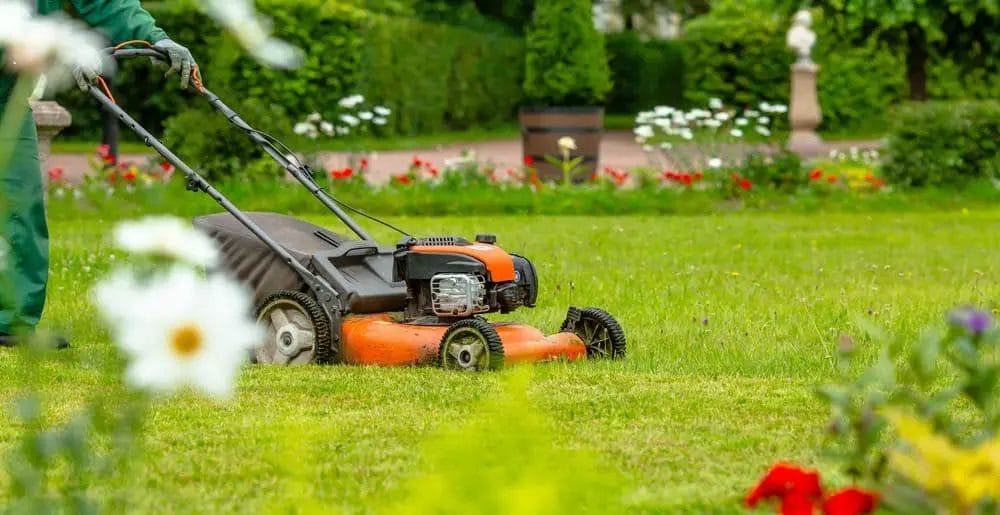
Despite the successful repairs made to your lawn, ongoing maintenance is vital to ensure its longevity and vibrancy. Regular care not only keeps your lawn looking great but also prevents future issues.
Regular Mowing and Maintenance
Before you resume regular mowing, ensure that your lawn has fully recovered from winter damage. Mow your lawn at the right height and frequency to encourage healthy growth while avoiding stress on newly repaired areas.
Preventative Measures for Future Damage
With the right preventative measures, you can protect your lawn from future winter damage. Implementing proper fertilization, installing proper drainage, and overseeding can go a long way in maintaining a resilient lawn.
Further, using services like smith brothers landscaping can help you establish a lawn care routine tailored to your needs. Regular soil aeration and choosing the right grass type suitable for your climate can enhance your lawn’s resilience. Additionally, smith brothers tree services can maintain nearby trees and prevent unwanted shade that could hinder grass growth. Investing in these preventative measures not only safeguards your lawn but contributes to its overall health and aesthetic appeal.
Summing up
Considering all points, effectively repairing winter damage in your lawn requires a systematic approach that includes assessing the damage, implementing proper lawn care techniques, and considering professional assistance from Smith Brothers Services. Whether you opt for Smith Brothers Landscaping for comprehensive yard restoration or their expertise in tree services, you can restore your lawn to its optimal health. By following this step-by-step guide, you empower yourself to enhance your property’s curb appeal and ensure a thriving outdoor space throughout the seasons.

